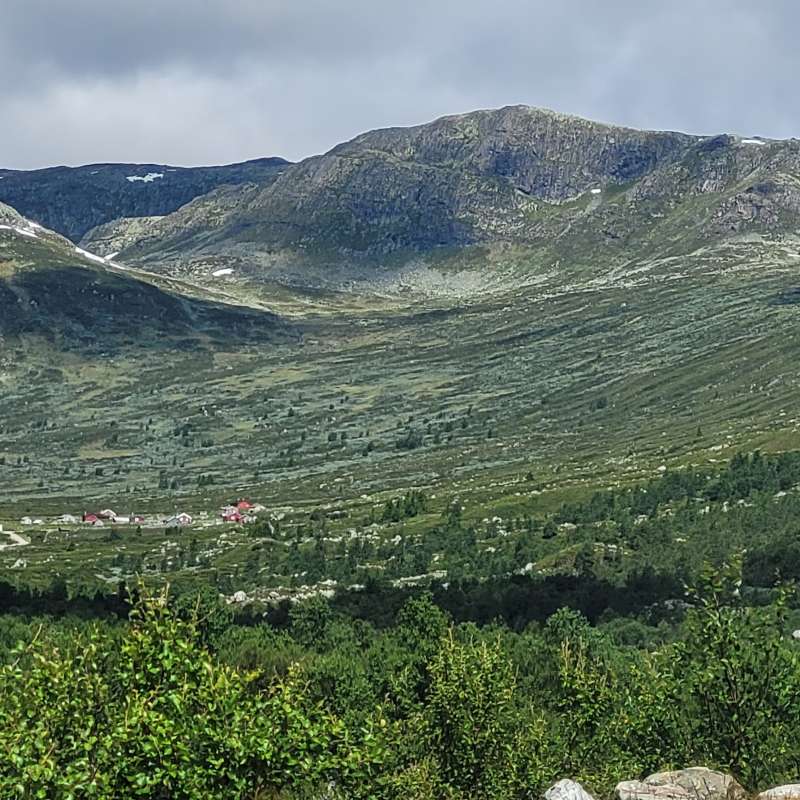Bolette Bele
Forsker
(+47) 911 95 359
bolette.bele@nibio.no
Sted
Trondheim
Besøksadresse
Klæbuveien 153, bygg C 1.etasje, 7030 Trondheim
Sammendrag
NIBIO har evaluert regionale miljøtilskudd i jordbruket, og der det har vært prioritert å se på miljøeffektene av ordningen og forvaltningsmodellen. Formålet med tilskuddsordningen er å bidra til å redusere forurensningen og ivareta viktige miljøverdier i jordbruket. Gjennomgangen viser at ordningen har god måloppnåelse, og de regionale prosessene og forvaltningen fungerer godt. Det pekes samtidig på en del tiltak som kan øke måloppnåelsen, redusere kompleksiteten og forbedre samhandlingen ytterligere.
Forfattere
Ellen Johanne Svalheim Bolette Bele Bjørn Egil Flø Elin Blütecher Synnøve Grenne Marie Uhlen Maurset Pål ThorvaldsenSammendrag
Det er ikke registrert sammendrag
Forfattere
Ellen Johanne Svalheim Bolette Bele Bjørn Egil Flø Elin Blütecher Synnøve Grenne Marie Uhlen Maurset Pål ThorvaldsenSammendrag
Det er ikke registrert sammendrag

